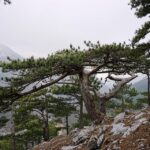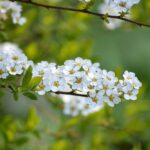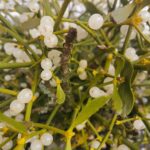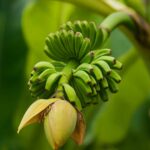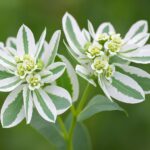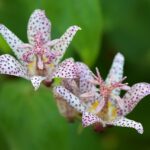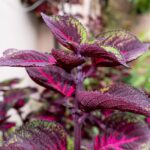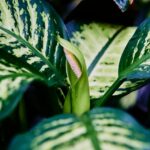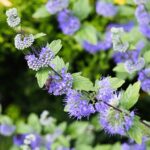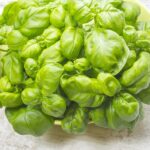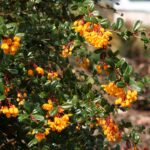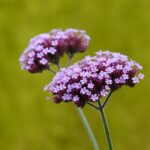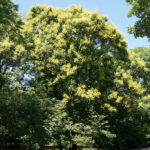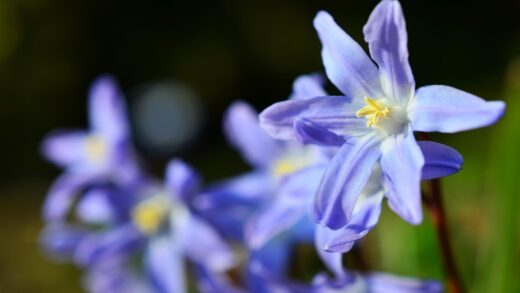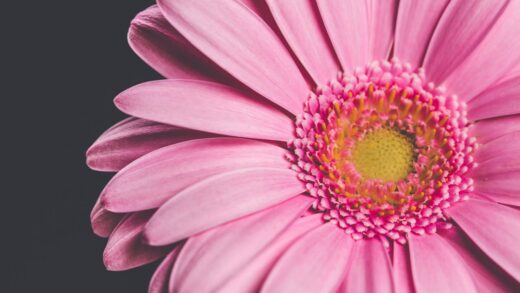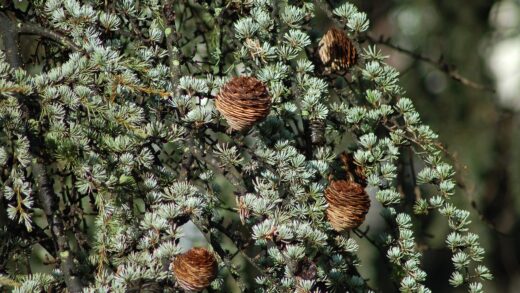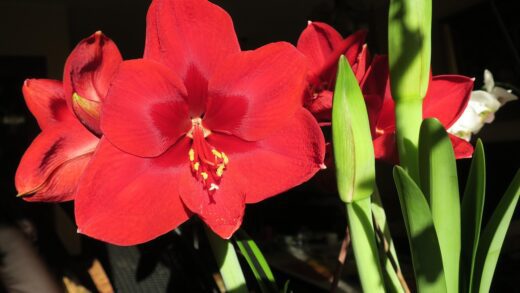The Kousa dogwood, or Cornus kousa by its scientific name, is an increasingly popular ornamental plant in gardens, and for good reason, as it adorns with its breathtaking inflorescence in spring, its orange-red and scarlet foliage in autumn, and its edible, showy fruit. However, for this special plant to reach its most beautiful form, it is essential to choose the right growing site, with one of the most critical points being the optimal adjustment of light conditions. The light requirement of the Kousa dogwood is quite specific and greatly influences its growth, flowering tendency, and overall health. An incorrectly chosen location can result in weaker flowering, duller foliage color, and increased susceptibility to diseases, so it is definitely worth getting thoroughly informed before planting. This article will explore in detail the light-related needs of the Kousa dogwood so that gardeners can get the most out of this wonderful plant.
The Kousa dogwood fundamentally prefers a sunny or partially shaded location, but the interpretation of “sunny” and “partially shaded” largely depends on the geographical location and local microclimate. In its native habitat on the edges of Asian forests, it often grows in the filtered light of other, taller trees, which provides it with natural protection from the scorching midday sun. This genetic heritage also determines its needs when grown in a garden. In the climatic conditions of many temperate regions, the best compromise is a location where the plant receives ample morning sun but is in partial shade during the hottest afternoon hours. Such a location provides the energy necessary for abundant flowering without scorching the leaves from excessive UV radiation.
Exposure to full sun stimulates the most intense flowering and the most vibrant autumn foliage color, but this can pose serious challenges for the plant, especially during hot and dry summers. Continuous, strong sunlight can cause stress, which may manifest as browning and drying of the leaf edges. This phenomenon is particularly observable in young, not yet fully established specimens whose water supply is not yet perfect. If we still decide to plant the Kousa dogwood in a full sun location, it is crucial to continuously ensure a proper moisture level in the soil, for example, by applying a mulch cover and through regular, thorough watering. The combination of soil drying out and heat can be fatal for the plant.
The other extreme, full shade, should be clearly avoided for the Kousa dogwood. Although the plant can tolerate shadier conditions and survive, its development slows down significantly, and its flowering will be extremely sparse or may not occur at all. In a shady place, the crown becomes leggy, the shoots stretch as the plant strives for light, and the overall effect is a weak, stunted-looking shrub. The autumn foliage coloration will also be much less spectacular, with yellowish-brown tones dominating instead of reddish hues. The lack of adequate light also favors the appearance of fungal diseases, such as powdery mildew, as the dense, shady foliage dries more slowly.
The effect of light conditions on flowering and fruit yield
The main ornamental value of the Kousa dogwood is its spectacular inflorescence that appears in late spring or early summer, which is not actually composed of petals but of colorful bracts. The size, color, and quantity of these bracts are directly related to the amount and quality of light the plant receives. For abundant flowering and the development of large, vibrant white or pink bracts, at least 4-6 hours of direct sunlight per day is essential. This amount of light provides the energy necessary for photosynthesis, which is a fundamental prerequisite for the differentiation of flower buds. Adequate light supply in the preceding year already lays the foundation for the floral splendor of the next season.
More articles on this topic
In a partially shaded location, the Kousa dogwood still flowers beautifully, although the number of inflorescences may be slightly less than that of its counterparts grown in full sun. In such conditions, the color of the bracts may also remain slightly paler. However, partial shade, especially the protection provided during the midday hours, can contribute to extending the flowering period, as the flowers are less exposed to the dangers of heat shock and dehydration. This is a kind of compromise solution that strikes a balance between abundant flowering and the overall well-being of the plant. It is important to note that “partial shade” does not mean deep shade; filtered light or a few hours of direct sunlight per day is ideal.
The fruits that develop after flowering, resembling strawberries or raspberries, will also be more numerous and of better quality in a sunny location. Sunlight is essential for the proper ripening of the fruits and the development of their sugar content. In shadier conditions, the fruits may remain smaller, and their taste will be less characteristic. Although the fruit of the Kousa dogwood is rarely consumed, its ornamental value is significant, and it can also be an important food source for birds in the autumn period. Abundant sunshine thus guarantees not only the sight of flowers but also of decorative fruits.
The light requirements of young plants may differ slightly from those of older, more established specimens. Freshly planted Kousa dogwoods are more sensitive to sunburn and drought, so afternoon shading can be particularly beneficial for them in the first one or two years. As their root system strengthens and penetrates deeper into the soil, they become more resistant to the stress associated with a sunny location. Thus, over time, the plant can “grow into” a sunnier spot and tolerate direct sunlight better. Patience and gradualness are key in nurturing young Kousa dogwoods.
Choosing the ideal site in the garden
When choosing the ideal location for a Kousa dogwood, several factors beyond light conditions must be considered, although they are closely related. The most favorable is an eastern or western-facing part of the garden, where the plant receives the necessary amount of morning or late afternoon sunlight but is protected from the scorching rays of the midday hours. The filtered shade of a taller deciduous tree can also be a perfect location, mimicking the conditions of the plant’s natural habitat. This type of “dappling shade” prevents the soil from overheating and drying out excessively, while providing enough light for growth.
More articles on this topic
Proximity to south-facing walls or buildings, where heat radiation is multiplied and the soil dries out extremely quickly, should be avoided. In such places, even with regular watering, the plant can suffer from the heat. Similarly, a north-facing location with deep, constant shade or the shade of densely planted evergreens is not suitable, as the lack of light leads to the problems detailed earlier. The goal is to find a state of balance that maximizes ornamental value while minimizing stress on the plant. Careful planning before planting will pay off in the long run.
The quality of the soil also influences how well the Kousa dogwood tolerates a sunny location. In well-drained, nutrient-rich, slightly acidic soil, the plant’s root system develops more healthily and can absorb water more efficiently. This makes the plant more resistant to drought and heat, which is crucial in a sunnier spot. Sandy, quickly-drying soils or heavy, clayey, waterlogged soils are both stress factors and reduce the plant’s tolerance to unfavorable light conditions. Therefore, soil preparation, such as improving it with organic matter, indirectly contributes to the plant’s better light tolerance.
Finally, it is worth considering the surrounding vegetation. The Kousa dogwood looks beautiful as a solitary specimen, but it also thrives in companionship if neighboring plants do not pose excessive competition for light, water, and nutrients. Lower shrubs, ground-cover perennials, or shade-tolerant bulbs can be ideal partners that help retain soil moisture and suppress weeds. However, overly aggressive or tall neighbors can overshadow the Kousa dogwood and inhibit its development, so prudence is paramount when selecting companion plants as well.
Practical tips for meeting light requirements
Ensuring the right light conditions does not end with planting; steps can also be taken during care to provide optimal light for the Kousa dogwood. Pruning is one of the most effective tools for shaping the crown and regulating light penetration. Although the Kousa dogwood generally does not require heavy pruning, removing dead, damaged, or crossing branches improves air circulation and allows sunlight to reach the inner parts of the crown. This helps prevent the inner branches from becoming bare and encourages even flowering throughout the plant. Pruning is best done after flowering.
Mulching is another key practice that indirectly helps the plant tolerate sunny spots. A thick, 5-10 cm layer of organic mulch (such as pine bark, compost, or wood chips) around the base of the plant helps retain soil moisture, moderates soil temperature fluctuations, and prevents weed growth. With a cooler and moister root zone, the plant can much better tolerate the strong midday sun and hot periods. The mulch layer should be replenished or refreshed annually, but care should be taken to ensure it does not come into direct contact with the plant’s trunk.
For young, freshly planted Kousa dogwoods, temporary shading may also be necessary during the hottest summer months. This can be achieved by stretching a shade cloth or using a strategically placed umbrella during the midday hours. This protection helps prevent leaf scorch and reduces water loss due to evaporation until the plant’s root system is sufficiently strong. Although this may seem like extra work, this care significantly improves the young plant’s chances of establishment and lays the foundation for its future healthy development. After two or three years, the plant usually no longer needs such artificial protection.
Last but not least, a proper watering strategy is essential for Kousa dogwoods kept in a sunny location. Less frequent but deep, thorough watering is much more effective than frequent, shallow watering, as it encourages deeper root growth. Watering in the morning is most effective, as the water has time to seep into the soil before the sun’s heat evaporates it, and the foliage can dry during the day, reducing the risk of fungal infections. The soil moisture content should be checked regularly, especially during prolonged dry and hot periods, and the frequency and amount of watering should be adjusted accordingly.

